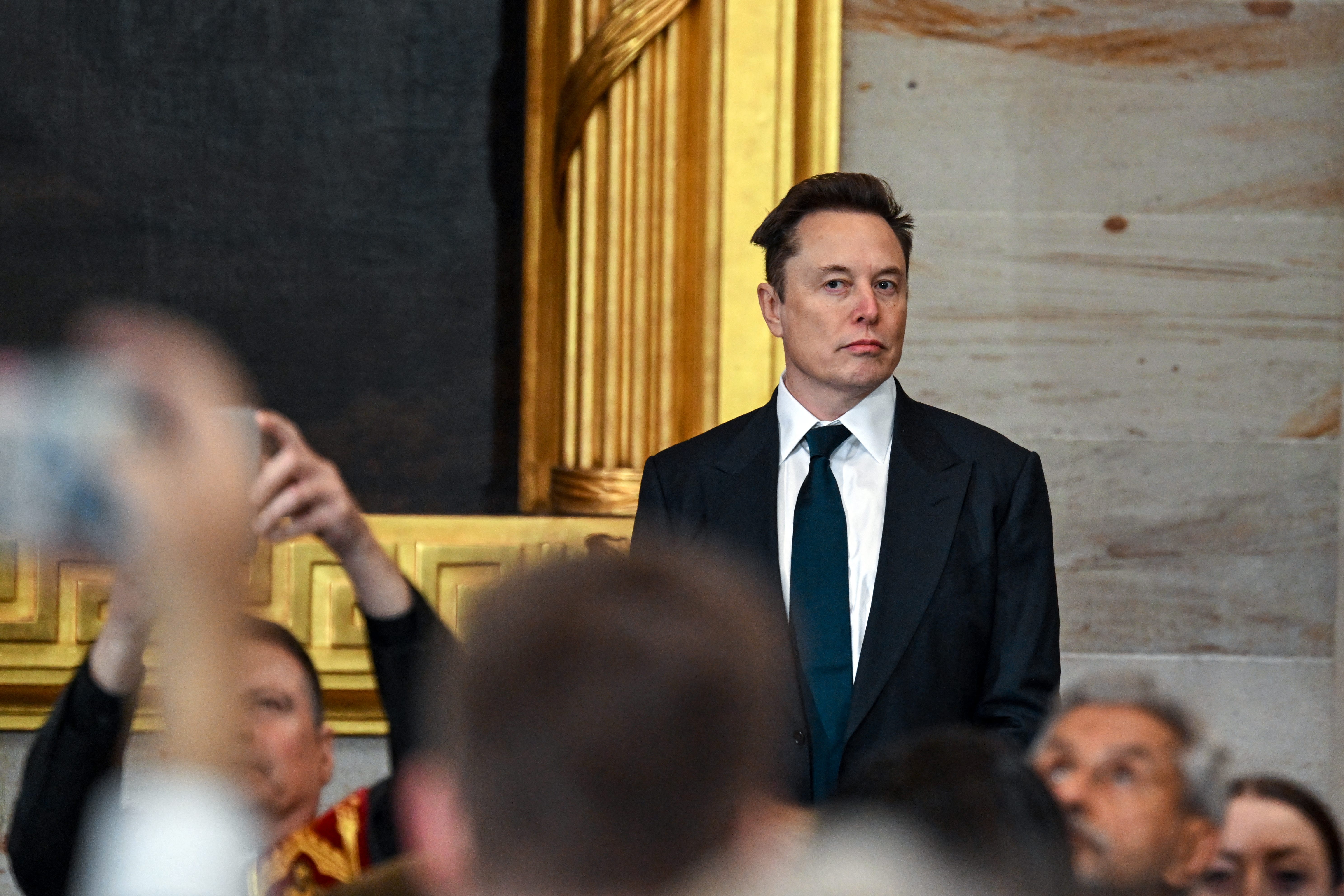
Kenny Holston/The New York Times
Even if Elon Musk cuts back his work reshaping the US government, he’ll still be a busy guy.
And perhaps he’s too busy — and controversial — to run the many companies under his domain as well as he could, leadership observers told Business Insider.
Musk, who said Tuesday he plans to soon reduce his time working on the Department of Government Efficiency, still has half a dozen companies to oversee, including Tesla, X, xAI, and SpaceX.
It adds up to a lot, especially when, like at Tesla, there are challenges like slumping sales.
“It’s hard to imagine there’s enough time in a week to really give each of those the attention that it needs,” Christopher Myers, the faculty director of the Center for Innovative Leadership at the Johns Hopkins Carey Business School, told BI, referring to Musk’s companies.
Myers said that while Musk has long been exceptional in his ability to run multiple entites at once, keeping a hand in DOGE one to two days a week, as Musk suggested he might, means there still won’t be all that much time for him to go deep on reviving sales at Tesla, where auto revenues dropped 20% in the first quarter.
Even if Musk devoted all his time outside DOGE to the automaker, doing anything only two to three days a week would be a “minimal investment,” Myers said.
Downshifting might not be enough
Another big challenge: Musk’s involvement with DOGE is turning off some would-be buyers of Tesla vehicles. That means that simply giving over more time to the company might not be enough to fix its problems, Lorenz Graf-Vlachy, a professor of strategic management and leadership at Germany’s TU Dortmund University, told BI.
Investors appeared buoyed by the idea that Musk would spend more time thinking about the company and less on Washington, DC. Tesla shares, which have tumbled in 2025, rose more than 5% on Wednesday.
Graf-Vlachy, who researches leaders who run more than one company — rare breeds he calls “multi-CEOs” — said investors are often OK with chiefs juggling more than one commitment when things are going well.
“As long as everybody’s getting rich, nobody asks exactly how that’s happening,” he said.
But when business goes south, investors’ confidence can erode, Graf-Vlachy said.
Even one of Tesla’s biggest bulls, who has remained upbeat throughout the company’s year of declining sales, said the EV maker faces a “code-red situation” if Musk stays at DOGE.
“Musk needs to leave the government, take a major step back on DOGE, and get back to being CEO of Tesla full-time,” Wedbush Securities analyst Dan Ives wrote in a note on Sunday.
Musk didn’t respond to a request for comment Wednesday from BI.
Myers said that another challenge for Musk is that he’s described himself not as a micromanager but as an even more hands-on “nano-manager.”
“It seems hard to nano-manage that many companies across that wide of a range,” Myers said.
He said it’s possible that Musk’s other companies, beyond Tesla, would have to take “more of a back seat” or that others within those organizations would have to further step up if Musk continues to devote even limited time to DOGE.
Myers said it might have been easier to see how a single CEO could simultaneously run two tech-focused entities, like Tesla and SpaceX. Yet the management playbook can get blurry when the scope of a CEO’s focus widens. In Musk’s case, he’s waded into government work and acquired Twitter, which he renamed X.
By having such a diverse portfolio, Myers said, it’s possible that Musk has made it harder for employees at his companies to discern a clear sense of mission.
He said a Tesla employee, for example, might worry about the hit that tariffs could have on the company. Musk, who has said he favors free trade, could be put in difficult positions, Myers said.
“Depending on which of his offices is releasing the press release, they’re going to take wildly different stances on the role of tariffs,” he said, referring to DOGE and the White House’s position on tariffs.
“That can be frustrating, confusing, and certainly demotivating for individuals within those organizations,” Myers said of Musk’s companies.
Multihyphenate CEOs aren’t new
Musk isn’t the first CEO to face scrutiny for wearing more than one hat. In 2020, shareholders and activist investors questioned whether Jack Dorsey could run Twitter and Block, both public companies, simultaneously.
Yet the Musk universe is far larger, with federal contracts, over a trillion dollars, and thousands of employees at stake.
Jonathan Marshall, an executive coach and former assistant professor at the National University of Singapore, said it is possible to run multiple companies effectively.
“Giving clear direction and having capable people under you whom you trust makes a huge difference. It permits the leader to step back,” he said.
Marshall said in the best cases, executives under a busy CEO can step up — but the setup can go wrong, too.
“In one case, I’ve seen it lead to tremendous inefficiency as the executives felt they couldn’t make a decision without the CEO’s approval,” he said. “But where there has been clear direction from a trusted and competent substitute for the CEO, I’ve seen it go well.”
In 2018, Harvard Business School’s then-dean examined how CEOs spend their time, writing that a CEO’s calendar “is a manifestation of how the leader leads and sends powerful messages to the rest of the organization.”
Non-work activities, he wrote, could represent a distraction, so CEOs should “carefully restrict” their time on community and social engagements.
Graf-Vlachy said that even though Musk has proven himself capable of overseeing several companies, there are limits to how far the multi-CEO can push himself.
“There are only 7 days a week, even for Elon Musk,” he said.
The post Part-time CEOs like Elon Musk can be fine — until business does badly appeared first on Business Insider.




